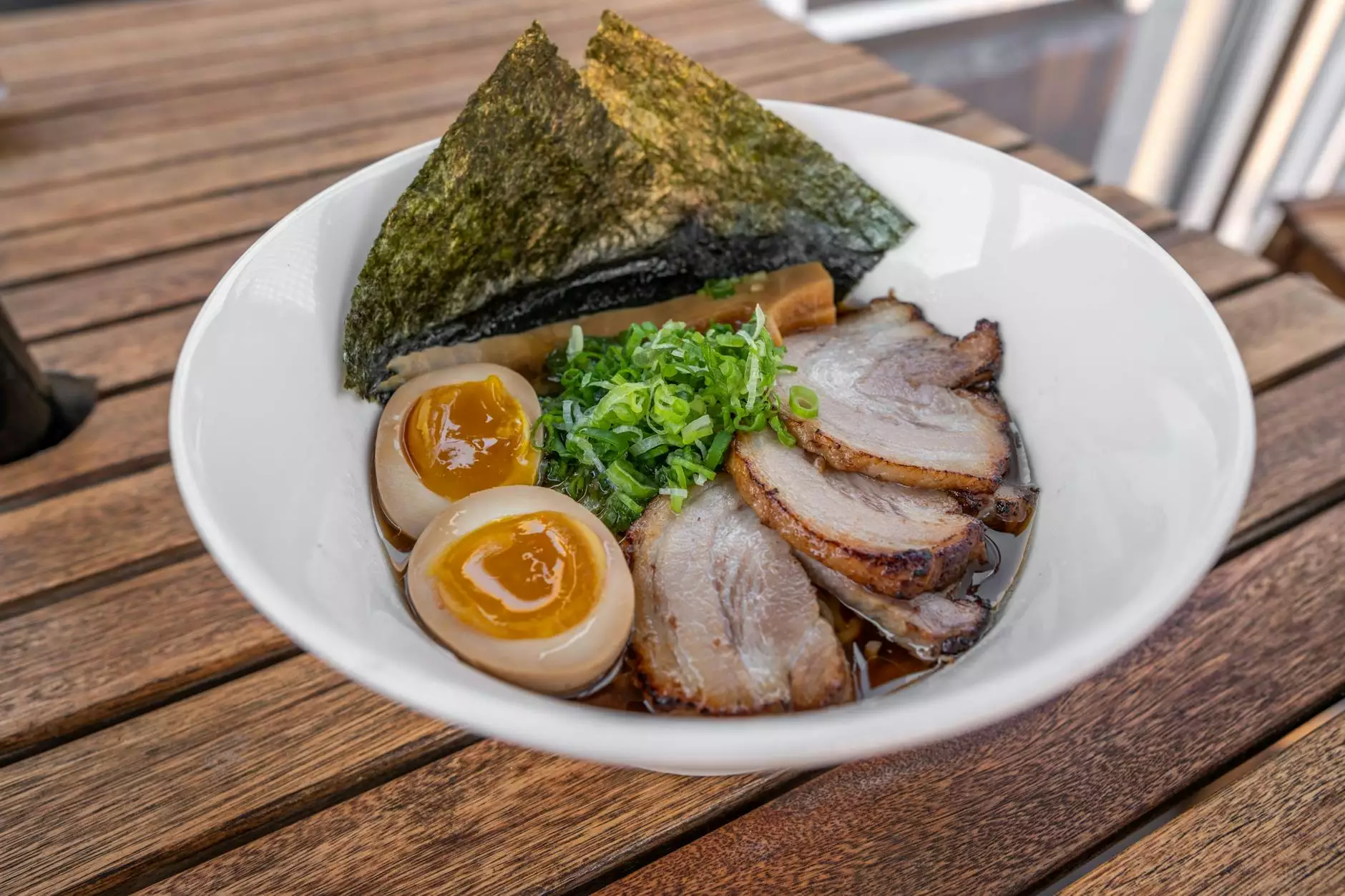Exploring the World of Fresh Wasabi in Japanese Cuisine

When it comes to Japanese cuisine, one ingredient stands out not just for its pungent flavor but also for its rich cultural significance: fresh wasabi. Unlike the commonly used wasabi paste found in many sushi restaurants, fresh wasabi offers a vibrant taste experience that elevates dishes to a whole new level. In this article, we will delve deep into the world of fresh wasabi, its origins, culinary uses, and why you should seek it out in top-quality Japanese restaurants and sushi bars.
The Origins of Wasabi
Wasabi, known scientifically as Wasabia japonica, is a plant native to Japan's cold, mountainous regions. It has been cultivated for centuries, traditionally growing in stream beds with clean, cold water. This unique environment contributes significantly to its distinct flavor profile. When discussing fresh wasabi, it’s essential to understand its difference from imitation wasabi, which is often made from horseradish, mustard, and food coloring.
Why Choose Fresh Wasabi Over Imitation?
The taste of fresh wasabi is often compared to that of horseradish, but it possesses a more complex flavor. Here are some key reasons why choosing fresh wasabi is paramount:
- Smoother Flavor: Fresh wasabi delivers a milder, sweeter flavor with citrus undertones, unlike the harshness of horseradish.
- Health Benefits: Wasabi is known for its anti-inflammatory and antimicrobial properties, promoting overall wellness.
- Authenticity: Enjoying fresh wasabi provides an authentic Japanese culinary experience, ensuring you experience traditional flavors.
- Freshness Matters: The unique taste and health benefits can only be experienced when wasabi is consumed fresh, as its flavor diminishes rapidly when processed.
How Fresh Wasabi Is Prepared
The preparation of fresh wasabi is an art in itself. Traditionally, the rhizome of the wasabi plant is grated on a specific type of sharkskin grater called a oroshi. This method produces a fine paste that releases the full range of flavors and aromas. Here’s how you can prepare fresh wasabi properly:
- Clean the rhizome: Rinse the wasabi rhizome under cold water to remove any dirt.
- Peel gently: Use a vegetable peeler to remove the skin; be careful not to take too much away.
- Grate: Grate the wasabi using the oroshi in a circular motion for optimal flavor release.
- Let it rest: Allow the paste to sit for a few minutes before serving to let the flavors develop.
Culinary Uses of Fresh Wasabi
Incorporating fresh wasabi into your culinary repertoire can transform dishes. Here are several creative ways to use this ingredient:
1. Enhancing Sushi and Sashimi
Perhaps the most well-known use of fresh wasabi is alongside sushi and sashimi. Unlike the pre-mixed wasabi often served, using fresh wasabi can enhance the flavor profile of fish, bringing out the natural sweetness and delicacy of the seafood.
2. Flavoring Dipping Sauces
Combine fresh wasabi with soy sauce, sesame oil, and other ingredients to create a unique dipping sauce that pairs perfectly with tempura or steamed vegetables.
3. Incorporating into Dressings
Add a small amount of freshly grated wasabi to salad dressings to impart a delightful kick, making any salad memorable.
4. As a Marinade
Create a marinade for meats using fresh wasabi, ginger, soy sauce, and garlic. This powerful combination infuses hearty meats with depth and a zesty flavor.
Fresh Wasabi in Japanese Restaurants and Sushi Bars
When visiting Japanese restaurants or sushi bars, it’s crucial to inquire if they offer fresh wasabi. Here are some signs of a quality dining experience where fresh wasabi may be featured:
- Menu Descriptions: Look for menus that highlight the use of fresh wasabi specifically rather than just listing “wasabi”.
- Presentation: High-quality sushi establishments often take time in the presentation—fresh wasabi will typically be served in a small mound, often next to the sushi, not mixed in.
- Staff Knowledge: Do not hesitate to ask the staff about their ingredients. Knowledgeable employees will be able to discuss the sourcing and benefits of fresh wasabi.
Storing Fresh Wasabi
To maintain its vibrant flavor and health benefits, proper storage of fresh wasabi is essential. Here are some tips:
- Keep it Cool: Store fresh wasabi in the refrigerator wrapped in a damp cloth or paper towel to keep it moist.
- Avoid Freezing: Freezing can alter the texture and flavor, so it’s best to consume it fresh.
- Use Quickly: For the best flavor, aim to use fresh wasabi within a week of purchase.
The Future of Fresh Wasabi
As the culinary world continues to evolve, there’s a growing interest in authentic and fresh ingredients, including fresh wasabi. Additionally, farmers are beginning to explore cultivation outside of Japan to meet the rising demand, primarily for sushi lovers and gourmet cooking. This shift may lead to greater accessibility and promote the unique taste of fresh wasabi globally.
Conclusion
In conclusion, fresh wasabi is more than just a condiment; it is an experience that deserves a prominent place on your culinary journey. By seeking out restaurants and sushi bars that feature this exceptional ingredient, you can savor the authentic flavors of Japan, enhancing your meals and expanding your palate. Remember, next time you're at a sushi restaurant, don’t settle for imitation—always opt for the authentic, robust flavors of fresh wasabi!
For more information on Japanese cuisine and where to find the best sushi bars that serve fresh wasabi, check out realwasabi.com.



